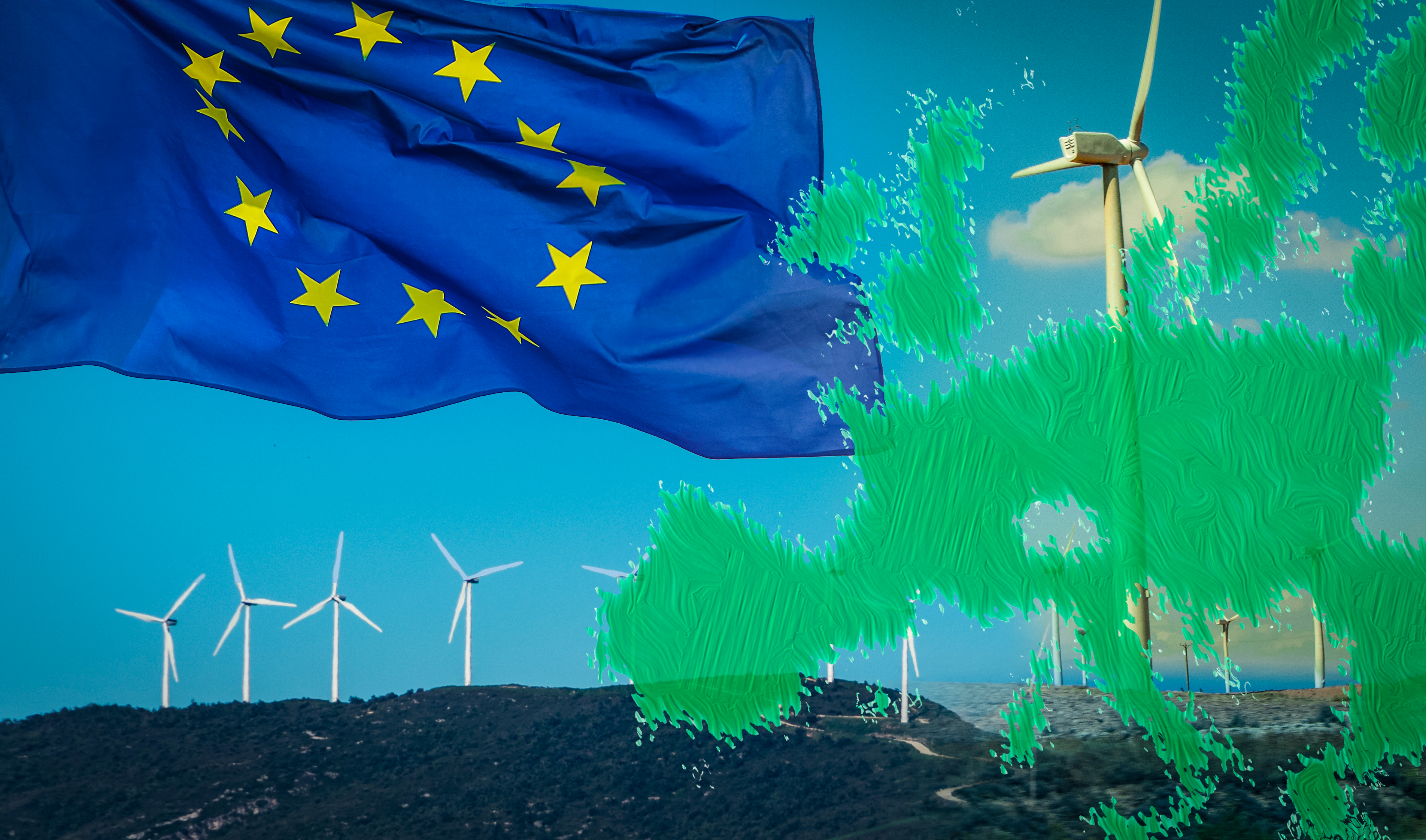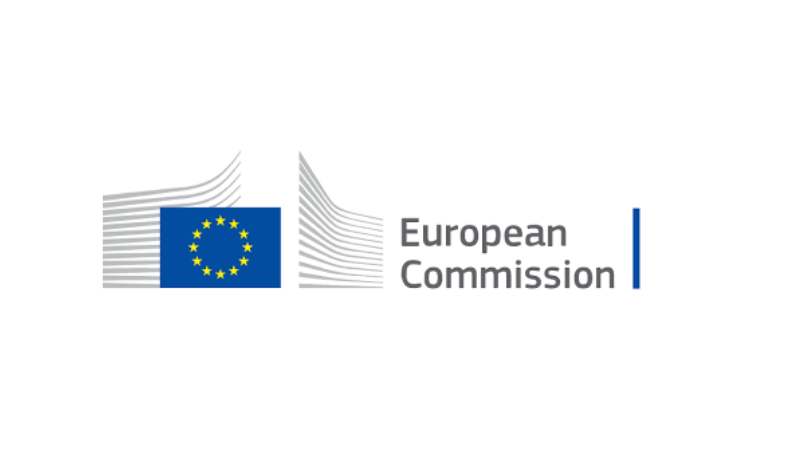Synthetic ETFs have experienced somewhat of a renaissance in Europe with even the likes of long-term sceptics BlackRock entering the space in recent years, however, there are questions over whether the replication method is fit for purpose when it comes to ESG.
Synthetic ETFs can be considered a cost-effective way of gaining exposure to certain markets such as the US where they do not pay withholding tax on dividends unlike physical ETFs, however, in the ESG space, investors can often find themselves with unfriendly stocks via the collateral held by the ETF.
While ETFs with a full replication approach will directly hold the stocks of the respective index they track, a synthetically-backed product is built with a swap contract that uses a substitute basket to replicate the index.
And there are signs investors are waking up to the idea that they could be caught out. Last month, Ossiam announced it was switching from synthetic to physical replication on the Ossiam STOXX Europe 600 ESG Equal Weight UCITS ETF (S6EW) following demand from investors.
The €221m ETF, which has been characterised as ESG for the past six years, will now directly invest in securities of the STOXX Europe 600 Equal Weight index from 23 January 2023.
Speaking to ETF Stream, Frederic Bach, head of ESG and responsible investment at Ossiam, said the decision behind the change came following a request from French investors, who are much less likely to consider derivatives as a legitimate way to invest sustainably.
“In some countries, such as France, derivatives are considered as non-ESG, even if you apply a strict constraint on the collateral,” he said.
“It is not the case everywhere. In Belgium, there is nowhere near this kind of reluctance towards the use of derivatives. In this case, one of the investors was French and in this market, there are very specific limitations around what is acceptable in an ESG fund.”
Earlier this year, the French regulator Autorité des Marchés Financiers (AMF) told investors to be “extremely vigilant” on the use of synthetic ETFs, noting the lack of transparency around the ESG characteristics.
The regulator’s main concern was reducing the differences between assets targeted by the index and those that are ultimately acquired by the counterparty. It also called for funds to better communicate to their investors “on the absence of voting practices on shares to which the fund is exposed via swaps”.
While this in part explains the decision by Ossiam, the two largest French asset managers, Amundi and BNP Paribas Asset Management (BNPP AM), also run synthetic ESG funds.
A recent investigation by Ignites Europe found both asset managers held polluting companies as collateral within their ETF and index funds. However, at the end of October, BNPP AM said it no longer held TotalEnergies within its total return swap baskets.
According to the report, the €78m Lyxor MSCI EM ESG Leaders Extra UCITS ETF (LESG), held US-based fuel producer Valero Energy in its collateral basket, two years after it was ordered to pay a $3m civil penalty to settle allegations the company violated the US’s Clean Air Act. LESG is classified as Article 8 under the Sustainable Finance Disclosure Regulation (SFDR), meaning it should promote ESG characteristics.
S6EW is also labelled Article 8 and held biofuel company Neste, German automotive and arms manufacturer Rheinmetall and chemical producer Wacker Chemie in early September, Ignites Europe reported.
The switch to physical replication should alleviate this risk with Ossiam’s ETF, however, Bach added asset managers should apply more due diligence around what collateral they have exposure to within synthetic ETFs despite the challenges.
“We are currently working on supplying new annexes to the prospectus of our ESG funds,” he said. “We want some level of sustainability on that collateral but we cannot demand as much from the collateral as we demand from the exposure. We need to have the collateral for the swap function, and while we have some restrictions, we cannot afford to be as restrictive on the collateral as we are on the final exposure.”
Currently, SFDR disclosure requirements for swap-based ETFs are fulfilled at the underlying index level, meaning there are no SFDR requirements for the substitute basket used to replicate the index.
Lara Cuvelier, sustainable investment campaigner at Reclaim Finance, said index funds and ETFs should not be treated differently under SFDR.
“In the end, the asset manager should be held accountable for its investments, independently from the fact there is an underlying index or not and independently from the replication methodology,” she said.
“Specifically for synthetic ETFs, it is also a matter of giving clarity to investors that might expect an Article 9 ETF not to be linked to any companies that have activities strictly incompatible with the European Union’s climate sustainability goals.”
DWS, which currently runs five synthetic ESG ETFs classified as Article 8, said ensuring the collateral is ESG friendly is a “challenge for the whole industry”.
The asset manager added it agrees to its ESG filters with the swap counterparties at the substitute basket level.
A DWS spokesperson said: “We have agreed with swap counterparties upon a list of stocks and names from which substitute basket assets can be sourced and that also at least complies with our basic exclusion standards, alongside with diversification rules and liquidity requirements.”
Bach added the view of the European Commission on synthetic ESG ETFs is still in limbo but he is confident it will move to a concrete approach in time.
“The view of the European Commission is in flux. They are beta testing the regulation with investors, and things will start to solidify eventually but right now, it is still a moving target,” he said.
This article first appeared in ETF Insider, ETF Stream's monthly ETF magazine for professional investors in Europe. To access the full issue, click here.
Related articles








